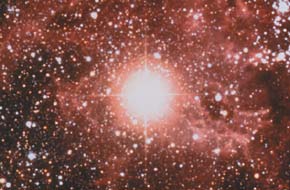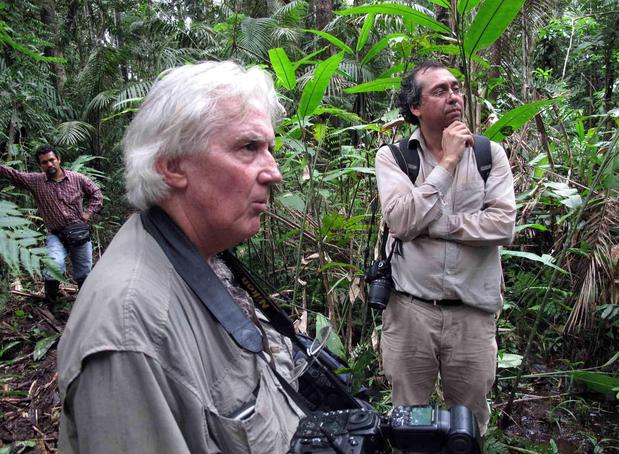
© AlamyExquisitely stone-carved Asparas dancers at the Cambodian temple of Angkor Wat.
Amid the splendour of the 12th-century temple at Angkor Wat, they stand and stare like silent sentinels, sensuous rather than erotic, carved with elegance and care. But exactly who are these 1,786 mysterious women and why, more than a century after Cambodia's famed Hindu temple was rediscovered by Western archaeologists, did it take the efforts of an amateur researcher from Florida to push experts into trying to resolve the puzzle?
Though Kent Davis had lived in South-east Asia during the 1990s, he did not have an opportunity to see Angkor Wat until 2005. Like most visitors to the huge complex in the centre of the Cambodia, for many years cut off from the outside world because of the presence of the Khmer Rouge, he was mesmerised by the experience.
But he was also left with a flurry of questions. "I went to Angkor as a tourist and I was startled when I got there to notice these women," said Mr Davis, 54, a publisher and writer who now lives near Tampa, Florida. "I was not prepared for it. The human element of them struck me and I wanted to know who they were. I asked one of the guides and he said they were there to serve the king after he went to heaven."
Mr Davis's interest was tweaked, so he wanted to know more. He vowed he would return to the US and investigate. Yet when he got home he found there was essentially nothing written about these women, who appear throughout the temple complex in full body carvings.
Indeed, the only study of the female carvings he could find had been made in the early 20th century by the daughter of Frenchman Henri Marchal, then the curator of the temple site. Frustrated but intrigued, he decided he would find out for himself. Five years and several trips to Angkor later, Mr Davis has slowly begun to get some answers.




